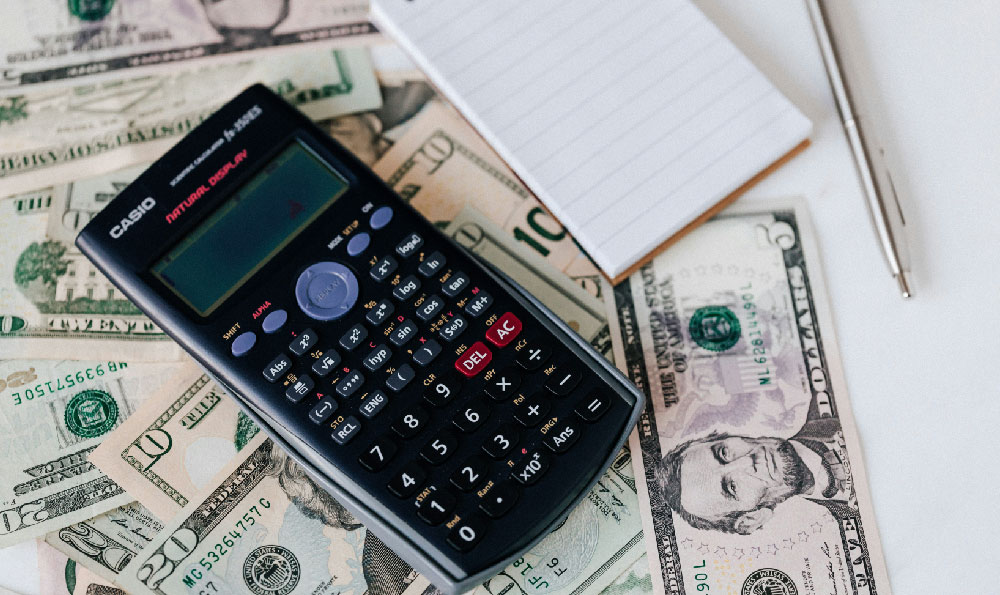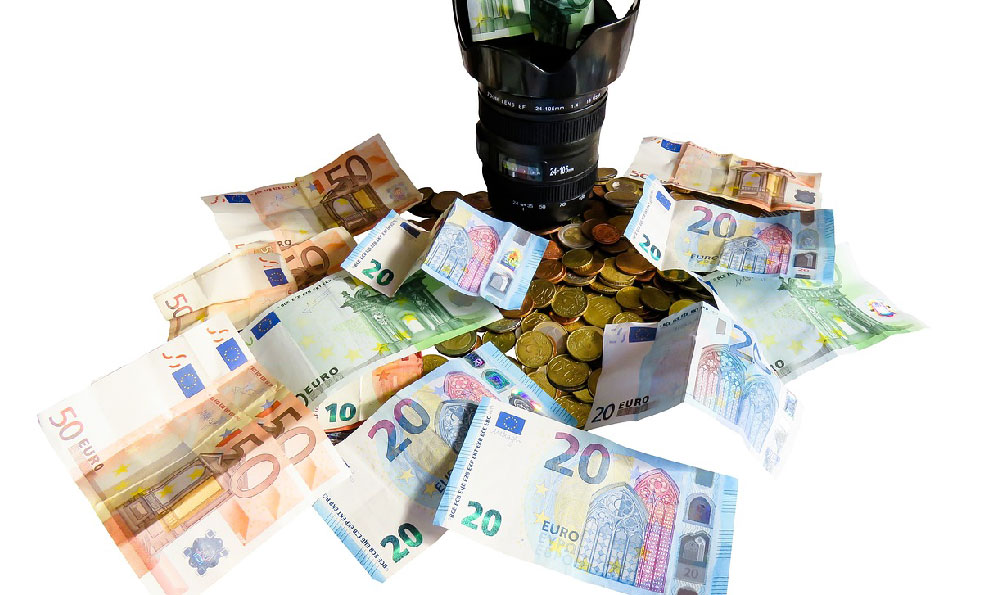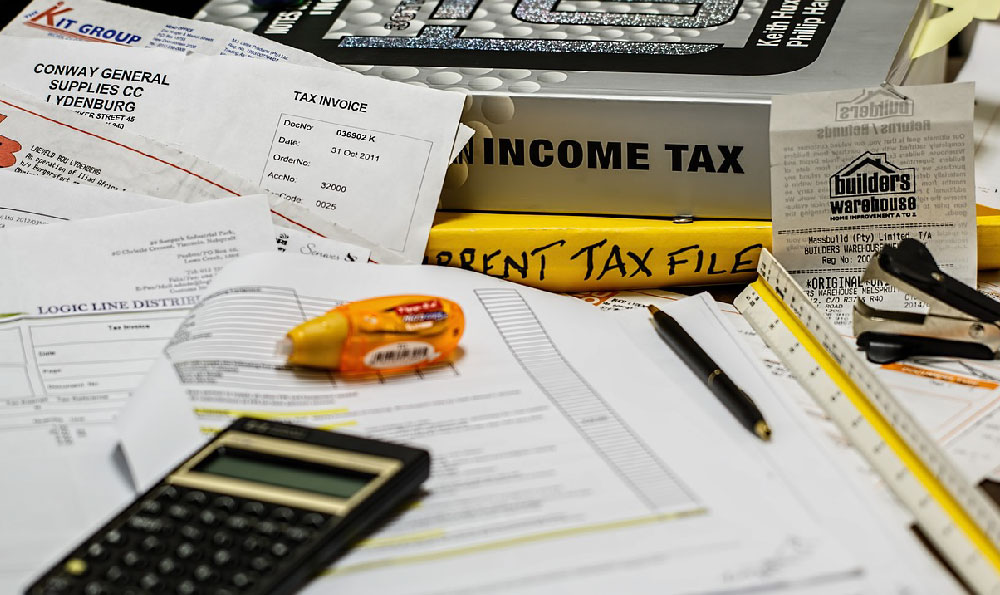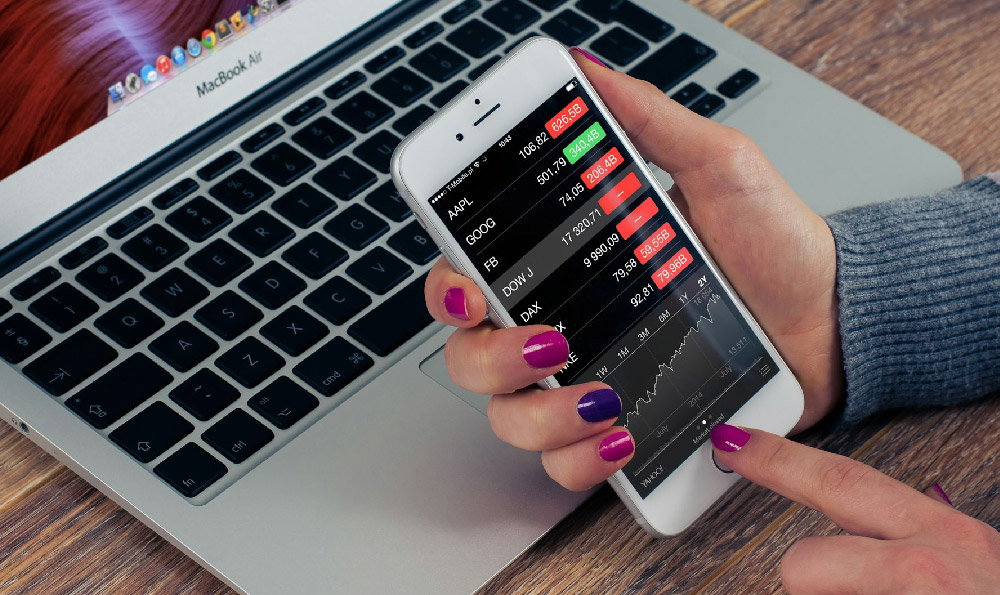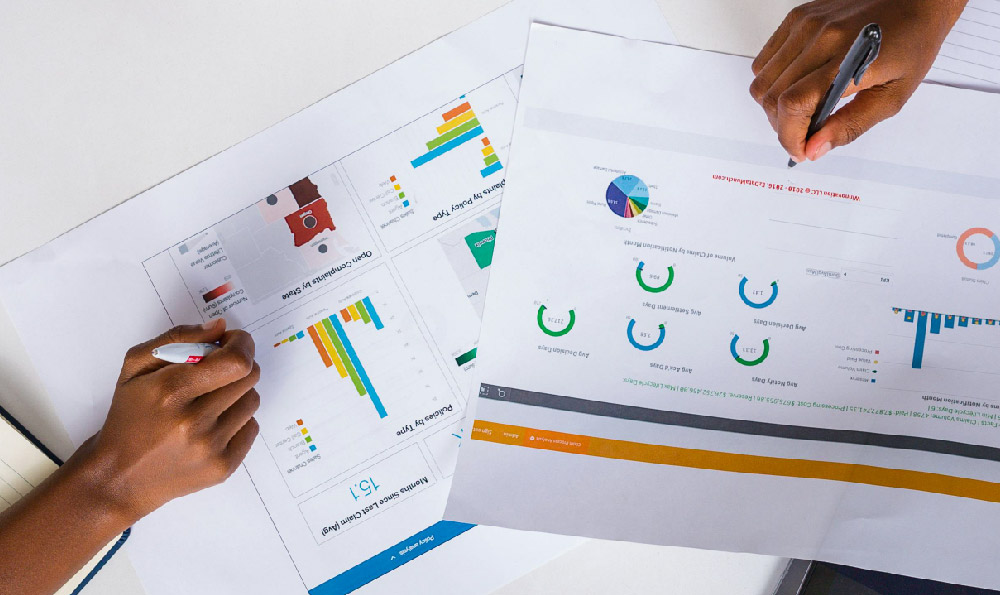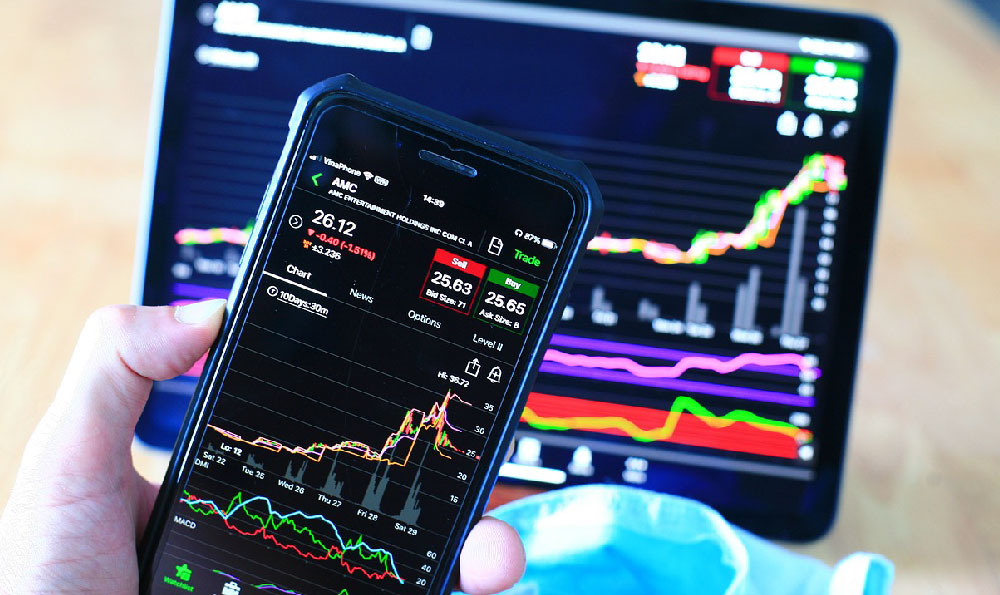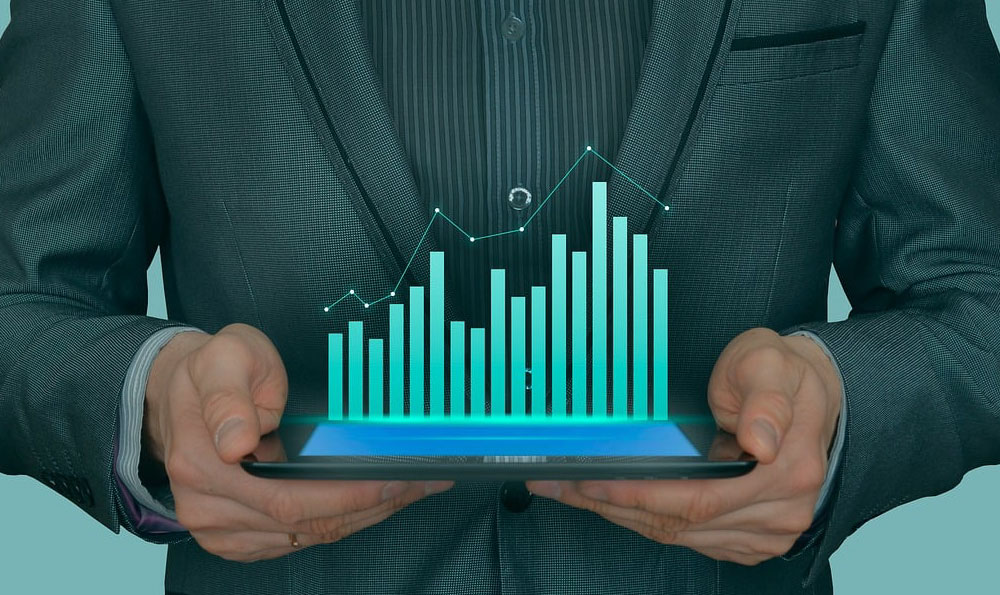Is GLD Worth Investing In? When to Buy GLD for Good Returns?
Gold has been a store of value for centuries, acting as a hedge against inflation and economic uncertainty. For investors looking to add gold to their portfolios without physically holding the metal, the SPDR Gold Trust ETF (GLD) offers a convenient and liquid option. But is GLD worth investing in? And if so, when is the optimal time to buy GLD for potentially good returns? This article will delve into these questions, examining the pros and cons of investing in GLD and exploring strategies for timing your entry into the market.
Understanding GLD: The SPDR Gold Trust ETF
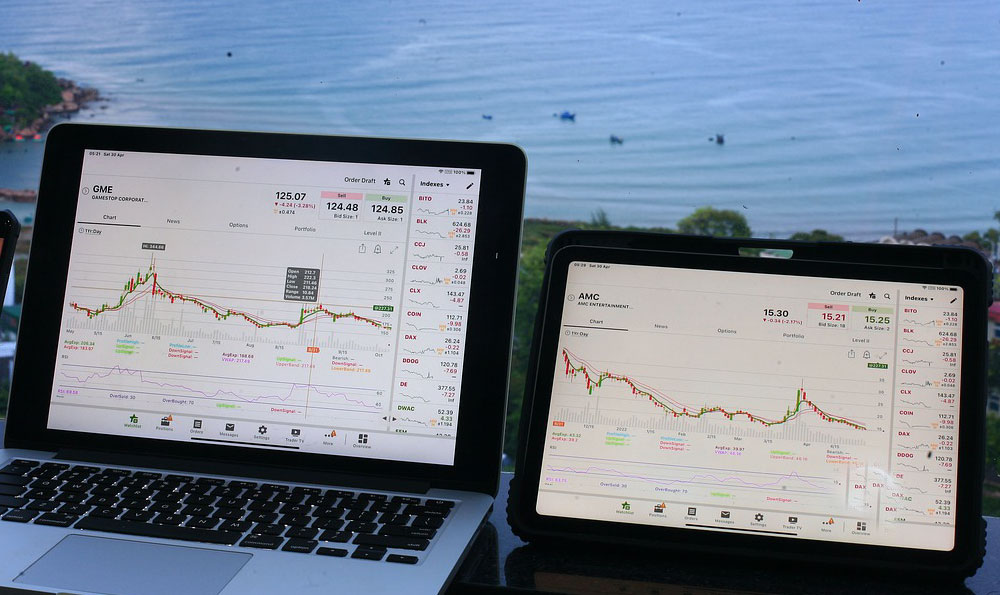
The SPDR Gold Trust ETF (GLD) is designed to track the spot price of gold bullion. Each share of GLD represents a fraction of an ounce of gold held in secure vaults. This structure allows investors to gain exposure to gold price movements without the hassle of storing and insuring physical gold. GLD is a physically-backed ETF, meaning it directly owns the gold it represents. This provides a degree of transparency and security compared to synthetic ETFs that rely on derivatives.
The Pros of Investing in GLD
Investing in GLD offers several potential benefits:
- Diversification: Gold often has a low or negative correlation with other asset classes like stocks and bonds. Adding GLD to your portfolio can potentially reduce overall portfolio volatility and improve risk-adjusted returns.
- Hedge Against Inflation: Gold has historically been considered a hedge against inflation. When inflation rises, the purchasing power of fiat currencies declines, often leading investors to seek refuge in gold, driving its price up.
- Safe Haven Asset: During times of economic uncertainty, geopolitical instability, or market turmoil, investors tend to flock to safe-haven assets like gold. This increased demand can drive up gold prices and benefit GLD investors.
- Liquidity and Accessibility: GLD is a highly liquid ETF, meaning it can be easily bought and sold on major stock exchanges. This provides investors with flexibility and quick access to their investment.
- Cost-Effective: While GLD has an expense ratio (currently around 0.40%), it is generally a more cost-effective way to invest in gold than buying and storing physical gold.
The Cons of Investing in GLD
Despite its advantages, investing in GLD also has some potential drawbacks:
- Storage Costs: Although investors don't directly store the gold, the ETF incurs storage costs for the physical gold it holds. These costs are reflected in the ETF's expense ratio.
- No Income Generation: Unlike stocks that can pay dividends or bonds that pay interest, gold does not generate any income. Returns are solely based on price appreciation.
- Tracking Error: While GLD is designed to track the spot price of gold, there can be slight discrepancies due to factors like expenses and fund management. This is known as tracking error.
- Currency Risk: For investors whose home currency is not the US dollar, fluctuations in the exchange rate between the US dollar and their local currency can impact the value of their GLD investment.
- Opportunity Cost: Investing in GLD means foregoing the potential returns from other asset classes that may offer higher growth potential.
When to Buy GLD: Timing Your Entry for Potential Good Returns
Predicting the price of gold is notoriously difficult. However, certain economic and market conditions can suggest potentially favorable entry points for GLD.
- During Periods of Economic Uncertainty: When economic indicators point to a slowdown, recession, or increased market volatility, gold prices often rise as investors seek safe-haven assets. This can be an opportune time to consider buying GLD.
- When Inflation is Rising: As inflation erodes the purchasing power of fiat currencies, investors may turn to gold as a store of value. Monitoring inflation data and trends can help identify potential buying opportunities.
- When Interest Rates are Low: Low or negative interest rates can make gold more attractive as an investment, as the opportunity cost of holding a non-yielding asset is reduced.
- During Geopolitical Instability: Geopolitical events like wars, political tensions, or social unrest can drive investors towards safe-haven assets, potentially boosting gold prices and GLD.
- Technical Analysis: Analyzing price charts and using technical indicators can help identify potential support and resistance levels for gold, which can inform buying decisions. Common indicators include moving averages, relative strength index (RSI), and MACD.
Strategies for Investing in GLD
- Dollar-Cost Averaging: Investing a fixed amount of money in GLD at regular intervals, regardless of the price, can help mitigate the risk of buying at a market peak.
- Portfolio Diversification: Allocate a portion of your portfolio to GLD as part of a broader diversification strategy. The appropriate allocation will depend on your individual risk tolerance and investment goals.
- Long-Term Investment: Gold is generally considered a long-term investment. Avoid trying to time the market and focus on holding GLD for the long haul to benefit from its potential as a hedge against inflation and economic uncertainty.
- Rebalancing: Periodically rebalance your portfolio to maintain your desired allocation to GLD. If the value of GLD has increased significantly, you may need to sell some shares to bring your allocation back in line with your target.
Alternatives to GLD
While GLD is a popular and convenient way to invest in gold, other options exist:
- Physical Gold: Buying gold bars or coins provides direct ownership of the metal. However, it also requires secure storage and insurance.
- Gold Mining Stocks: Investing in companies that mine gold can provide leveraged exposure to gold prices. However, these stocks are also subject to company-specific risks.
- Other Gold ETFs: Several other gold ETFs are available, each with slightly different structures and expense ratios. Research and compare different ETFs before investing.
Conclusion: Is GLD Right for You?
Whether GLD is worth investing in depends on your individual circumstances, risk tolerance, and investment goals. Gold can be a valuable addition to a diversified portfolio, offering a hedge against inflation and economic uncertainty. However, it is important to understand the potential drawbacks and to carefully consider your investment strategy. By understanding the pros and cons of GLD and monitoring relevant economic and market conditions, you can make informed decisions about when to buy GLD for potentially good returns. Remember to consult with a qualified financial advisor before making any investment decisions.


